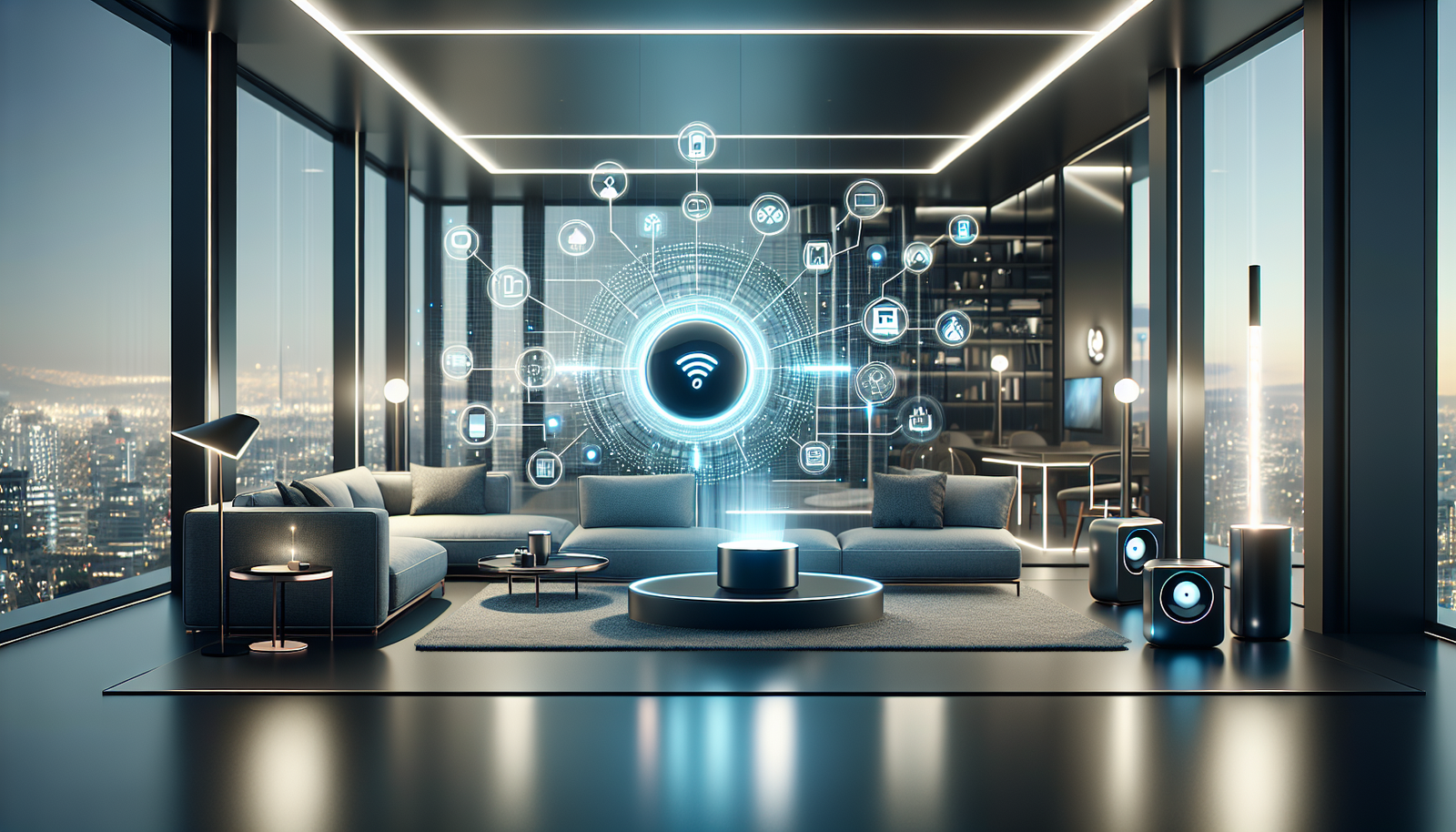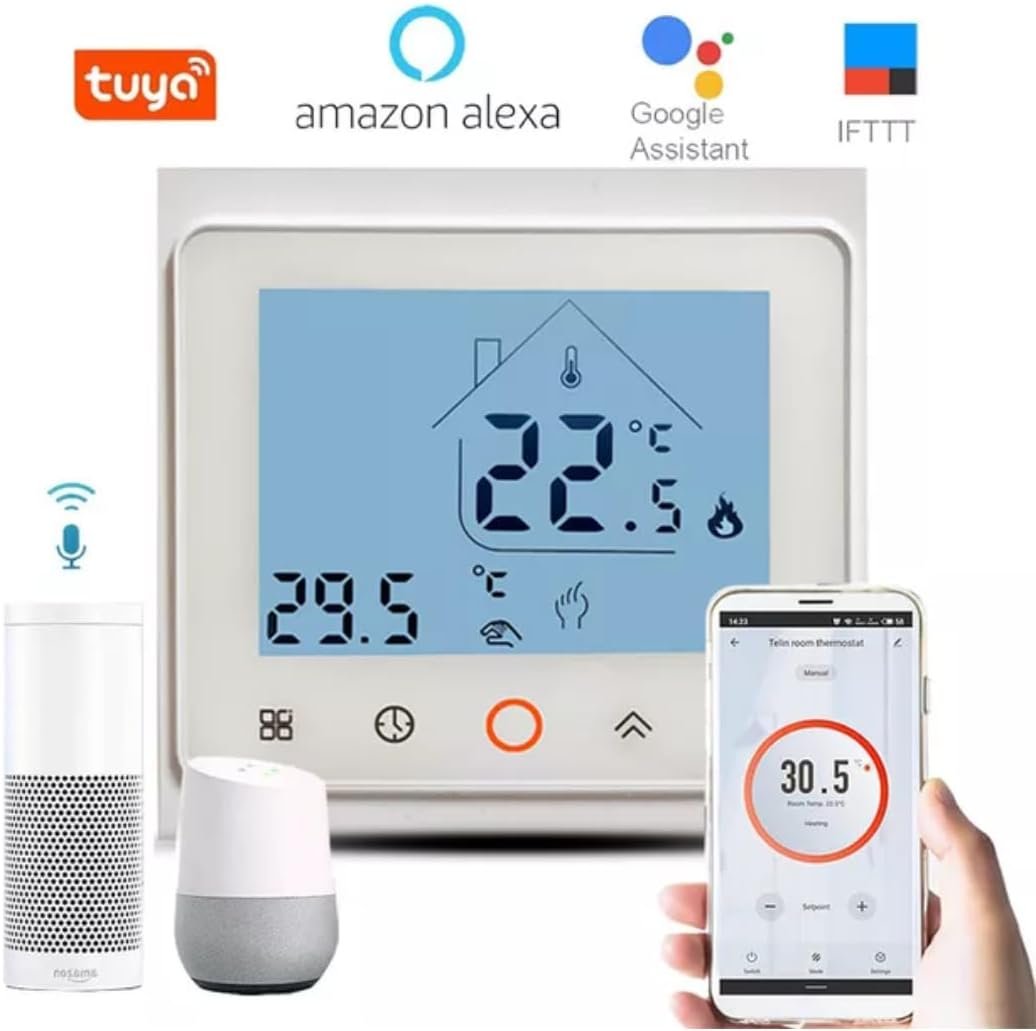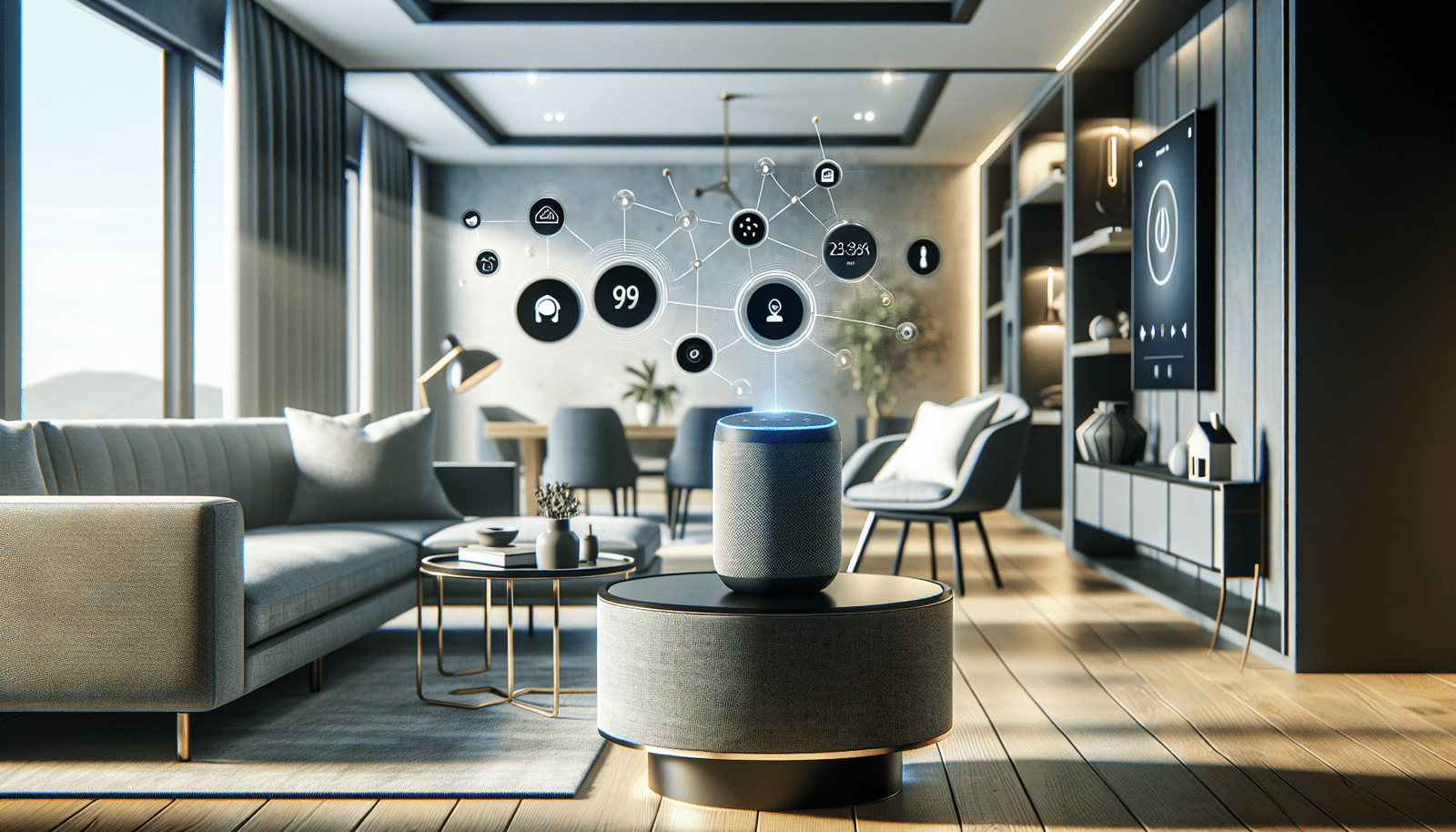Have you ever wondered how embracing smart technology could transform your living space? Whether you’re new to smart home automation or already exploring its potential, deciding between a DIY approach or opting for professional installation can be a key decision. Let’s navigate this together and help you determine the best path for creating a connected, efficient, and enjoyable living environment.

Definition and Overview of Smart Home Technology
Smart home technology refers to a variety of devices and systems that connect to a network to automate or remotely control various functions like lighting, heating, cooling, entertainment, security, and more. These devices communicate with each other and can be managed through centralized hubs, smartphones, or voice-controlled assistants, resulting in a seamlessly interconnected living space.
With advancements in technology, smart home products have become more accessible, user-friendly, and affordable. From smart thermostats and lighting to security cameras and appliances, this technology offers innovative solutions to transform your daily life.
Advantages of Smart Home Devices
Smart home devices offer numerous benefits. They make life more convenient by allowing you to control your home environment from anywhere using a mobile device. They also enhance your security by providing real-time alerts and recordings. Moreover, these devices promote energy efficiency by optimizing the performance of home systems, leading to significant savings.
Cost and Value Considerations
When thinking about smart home automation, it’s essential to consider both the upfront and ongoing costs. These costs can vary based on the scope of devices and systems implemented as well as the method of installation chosen.
Installation Costs: DIY vs. Professional
The decision between opting for DIY installation versus hiring professionals significantly impacts both the initial and long-term expenses:
-
DIY Installation: If you’re tech-savvy, you might opt for a DIY approach, which generally costs less upfront. Many smart devices are designed for easy installation, featuring plug-and-play functionality and intuitive apps that guide you through the setup process. However, keep in mind that a DIY approach might require more time and patience for troubleshooting, should issues arise.
-
Professional Installation: Professional installation provides a hassle-free experience, ensuring devices are correctly installed and configured to work together seamlessly. While this method tends to be more expensive due to labor costs, it provides the peace of mind of knowing that industry experts manage the setup and integration.
Long-term Savings and Return on Investment
While the initial investment might seem high, smart home technology often leads to long-term savings. Energy-efficient devices like smart thermostats and lighting can significantly cut down utility bills. Additionally, smart security systems may reduce insurance premiums, offering further financial benefits.
Investing in smart technology can increase a property’s value, appealing to modern buyers who prioritize convenience, efficiency, and advanced home features.
Comparisons and Examples of Smart Home Solutions
When comparing smart home solutions, it’s crucial to look at both their functionality and compatibility with existing systems. Here, we’ll compare some popular devices to give you a clearer picture of what’s possible.
Smart Lighting and Thermostats
-
Smart Lighting: Brands like Philips Hue and LIFX offer smart bulbs and light strips that can be controlled remotely and set on schedules. These systems can be personalized to match your mood, whether you’re hosting a dinner party or settling down for movie night.
-
Smart Thermostats: Options like the Nest Thermostat or Ecobee can learn your schedule and adjust temperatures accordingly, optimizing energy use, and cutting down on unnecessary heating or cooling.
Smart Security Systems
From video doorbells like Ring to comprehensive home security setups offered by Arlo or ADT, these systems monitor your home and alert you to unusual activities, providing peace of mind when you’re away.
Smart Appliances
Appliances such as smart refrigerators and ovens from brands like Samsung or LG bring innovation into the kitchen, helping you plan meals, keep track of groceries, and cook efficiently.
Examples of Integrated Smart Home Ecosystems
The key to a smooth smart home experience is ensuring that devices communicate seamlessly. Platforms like Google Home, Amazon Alexa, or Apple HomeKit offer central control hubs that can integrate various smart devices into a single system, simplifying management.
Practical Setup Guides
Would you like to get started on your smart home journey? Whether you choose the DIY route or enlist professional help, here are some steps to guide you:
DIY Setup Steps
-
Research and Planning: Identify the areas you want to automate and research compatible devices that meet your needs and budget. Consider starting small—perhaps with a smart speaker or a set of smart bulbs.
-
Purchase and Gather Tools: Once you’ve decided on the devices, purchase them either online or in stores. Ensure you have any necessary tools or equipment for installation.
-
Installation: Follow the manufacturer’s instructions carefully. Most devices come with user-friendly apps that guide you through the process, from connecting to Wi-Fi networks to syncing with control hubs.
-
Testing and Troubleshooting: Test each device after installation to ensure it’s working correctly. If issues arise, online forums and support pages often provide solutions for common problems.
Steps for Professional Installation
-
Consultation: Research local companies that offer smart home installation services and schedule consultations to discuss your needs and budget.
-
Customization Plan: Professionals will typically offer a customized plan that outlines the suggested devices, system integrations, and estimated costs.
-
Scheduling Installation: Once the plan is agreed upon, schedule an installation at your convenience. Professionals will handle the technical setup and ensure each device operates effectively.
-
Demonstration and Handover: After installation, technicians should demonstrate how to use the system and provide any necessary documentation or resources for troubleshooting and maintenance.

Security and Privacy Factors
Incorporating smart devices raises important questions about security and privacy. While these devices enhance convenience and safety, they can also be vulnerable to cyber threats.
Potential Risks and Safety Features
Smart devices often collect data to improve functionality; however, this data can be compromised if not adequately protected. Manufacturers are increasingly implementing security measures, such as encryption and two-factor authentication, to safeguard user data.
Best Practices for Ensuring Security
-
Strong Passwords: Use complex and unique passwords for all device accounts and Wi-Fi networks.
-
Regular Updates: Keep your devices’ software and apps updated to patch vulnerabilities.
-
Network Segmentation: Set up a separate network for your smart devices to ensure that any security breach does not affect personal data on your primary network.
Energy Efficiency and Sustainability
Besides comfort and convenience, one of the most significant advantages of smart home automation is its potential to enhance energy efficiency and promote sustainability. By optimizing energy usage, smart devices contribute to a more environmentally friendly lifestyle.
Reducing Energy Consumption
Smart appliances, lighting, and HVAC systems can significantly reduce energy use by functioning more efficiently. For example, smart thermostats adjust heating and cooling according to your daily schedule, while smart plugs and lights can turn off devices and lights when not in use.
Contribution to Sustainable Living
Through more effective energy management, smart technology can help reduce your carbon footprint. It empowers you to monitor and automate your home systems, thereby making informed choices about energy use and supporting broader sustainability initiatives.
Compatibility and Connectivity
A critical consideration in building a smart home system is ensuring compatibility—making sure all devices work cohesively within a single ecosystem.
Device Interactions with Platforms
Understanding how devices connect to platforms and hubs like Alexa, Google Home, or Apple HomeKit is crucial for a smooth operation. Some devices are exclusively compatible with specific platforms, while others offer cross-platform accessibility.
Ensuring Seamless Connectivity
Investing in a robust, high-speed internet connection is vital for the smooth functioning of smart home systems. Slow or unreliable connections can hinder device performance and diminish user experience.
Future-Proofing and Innovation
Smart home technology is continually evolving, with new trends and innovations making their way into the market. Staying informed about these advancements can help you future-proof your smart home system.
Emerging Trends
The introduction of AI and machine learning in smart appliances and AI-powered security systems are reshaping what’s possible in home automation. Similarly, the development of 5G is set to enhance connectivity and responsiveness.
Future-Proofing Strategies
Invest in modular or expandable systems that can integrate new devices or software updates. This ensures your setup can adapt to changing technology without requiring complete system overhauls.
Making the Right Choice: DIY or Professional?
Ultimately, your choice between DIY and professional installation should reflect your personal comfort with technology and your home’s specific needs.
If you enjoy tinkering with technology and managing your setups, a DIY approach allows active engagement and potential cost savings. On the other hand, if you value a seamless, expert-led integration, professional services can provide unmatched convenience and security.
Expanding into smart technology offers a new horizon of possibilities for your home, whether it’s for convenience, security, energy efficiency, or all these combined. We hope this guide has highlighted the essential paths to help you embark on or enhance your smart home journey.




